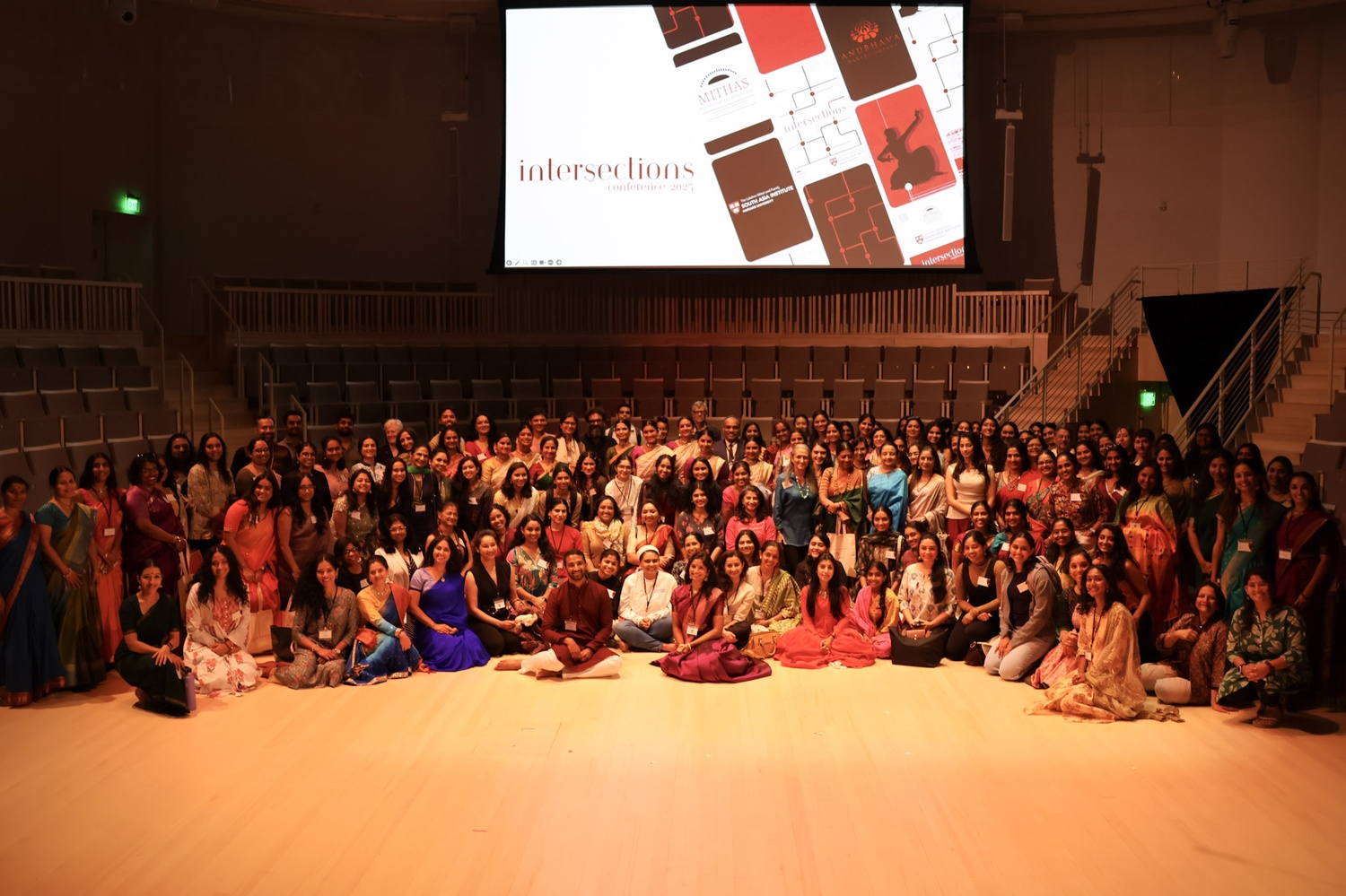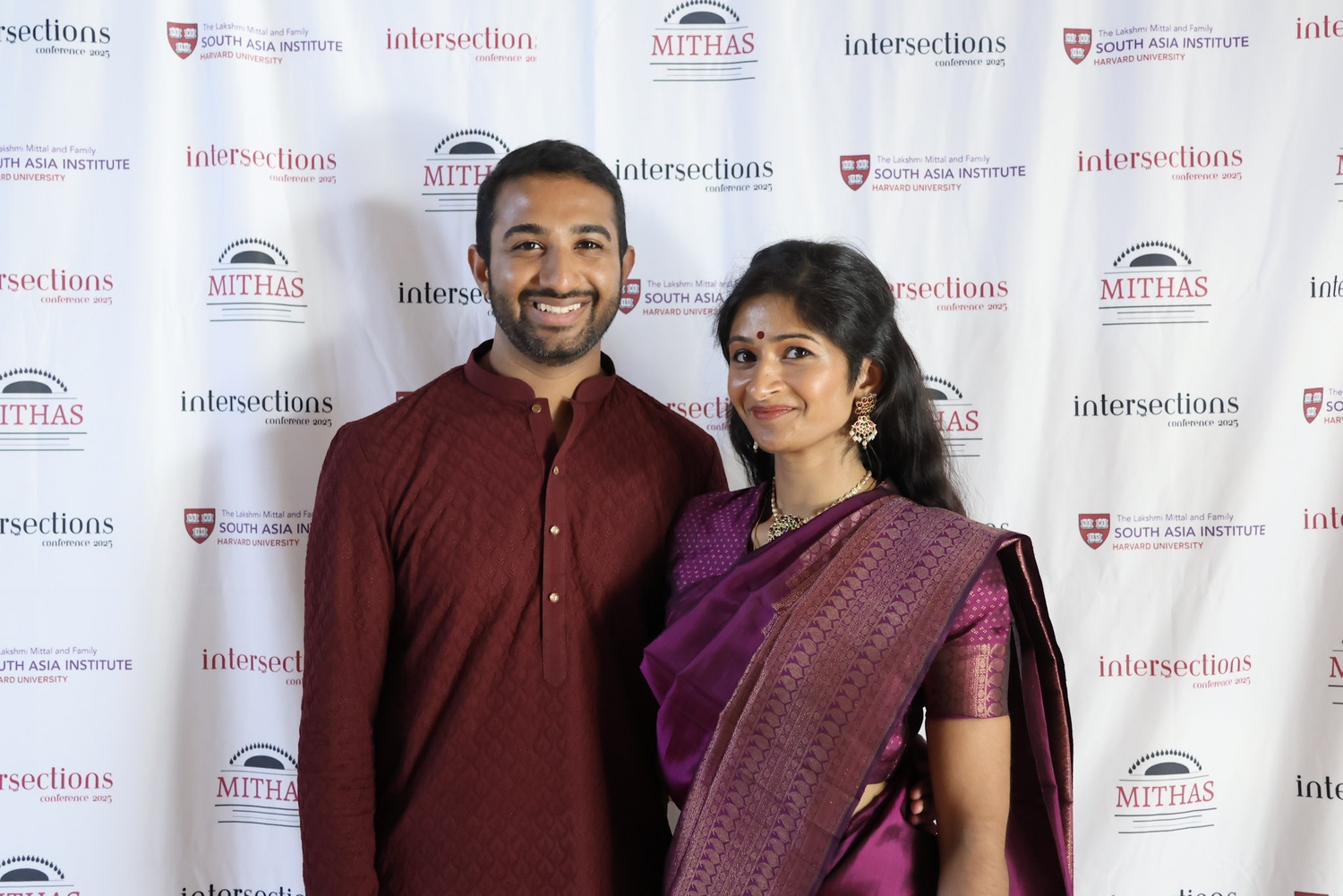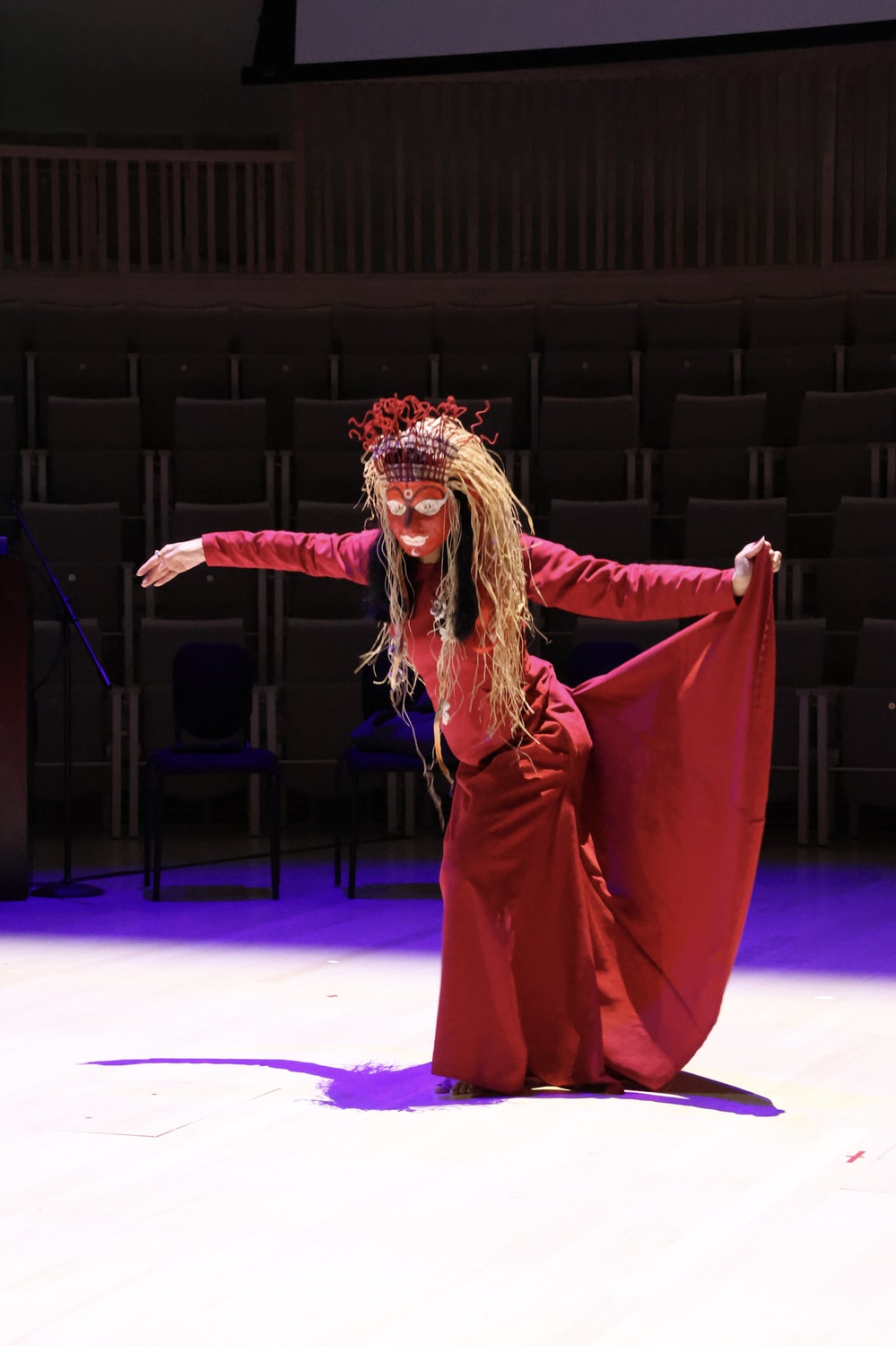
News
Summers Will Not Finish Semester of Teaching as Harvard Investigates Epstein Ties

News
Harvard College Students Report Favoring Divestment from Israel in HUA Survey

News
‘He Should Resign’: Harvard Undergrads Take Hard Line Against Summers Over Epstein Scandal

News
Harvard To Launch New Investigation Into Epstein’s Ties to Summers, Other University Affiliates

News
Harvard Students To Vote on Divestment From Israel in Inaugural HUA Election Survey
Harvard’s Mittal Institute and MITHAS Host ‘Intersections’ Conference: The Art and Academia of Indian Classical Dance

On Sept. 27 and 28, Harvard’s Lakshmi Mittal and Family South Asia Institute and MIT Heritage Arts of South Asia (MITHAS) hosted Intersections, a two-day conference centered on traditional Indian dance.
The conference was organized in collaboration with the Anubhava Dance Company, a group of second-generation Indian-Americans focused on bringing Indian classical dance to young artists whose cofounders are Dr. Shriya Srinivasan and Joshua George.
Taking on Indian dance through an academic lens, Intersections served as an opportunity for Indian dancers, scholars, and creatives to explore how tradition has evolved in new cultural and physical landscapes and discuss the future of Indian classical dance as an art form.
This was achieved through dance performances, poster presentations, and speaker panels that encouraged audience members to evaluate Indian classical dance from new perspectives.
“We’ve spent many, many years around this discussion of holding an analytical lens to the arts that we do, and not just talking about the experience of sitting and watching a performance, but also really talking about the how and why our work is produced,” George said.
All submissions for Intersections went through an independent review panel, emulating the academic review process for other conferences.
Intersections featured various performances of Indian classical dance, including Bharatanatyam, Odissi, and Sattriya, which demonstrated how dancers translate meaning into movement. These performances were preceded by discussions of the creative process and the deeper meaning of what these works represent, not just symbolically through their motions but within the greater context of Indian classical dance.
Panels centered on topics ranging from immigration, to the creative process, to discussions about what it means to be a “displaced dancer.” Through this variety, the main focus was clear: how has Indian dance expanded beyond India and into the modern world?

“Indian classical arts have migrated from India to diaspora regions; it takes on its own character within those landscapes, and that is something that I think is really valuable for us to discuss,” said George.
For George and Srinivasan, this conference was unlike any other.
“I don’t think the community’s done something quite like this, and so we’re happy that so many people are enthusiastic to engage, and we see it as a starting point,” Srinivasan said.
Discussions featured several local key figures in Indian classical dance, including Neena Gulati, founder of Triveni School of Dance, the first Indian classical dance school in Massachusetts. Having taught dance for over 50 years, she described her experience of teaching Indian dance to the new generation of Indian-Americans.
“I love it because it’s a beautiful art form, and we don’t want the children born and raised here not to have this opportunity,” Gulati said.
Intersections also questioned how to reimagine the place that Indian classical dance holds in dance as an art form.
“How do we get this form from being in this diversity checkbox to mainstream, and talk about what we do as creators in our methods and process that is, frankly, universal for all sorts of dancers and creators?” Srinivasan said.

The themes of each performance varied from stories of immigration to climate change. Mesma Belsare, a Bharatanatyam Dancer, adorned a mask and portrayed the raw emotions that emerged from the tragedy of the COVID-19 pandemic. She wore a mask to emphasize her role as a medium through which the story is told, rather than a main character at the center of it. Belsare discussed how she engages with topics that are meaningful to her through Indian classical dance.
“It’s not about what I can do, it’s what I want to say. And if you are fortunate like I am to have learnt a language — because dance is a language to learn a lot, a different kind of a language in which you can also speak in a different way — then you say what you want to say through it,” Belsare said.
Intersections considered Indian classical dance as not just an expression of culture, but a medium through which emotions and history can be interpreted. This sentiment was expressed in performances focused on personal and cultural events, paying homage to tradition while evolving in adaptation for a new artistic landscape.
“I feel any opportunity we have to talk about our beautiful art form is wonderful,” Gulati said.
Want to keep up with breaking news? Subscribe to our email newsletter.
